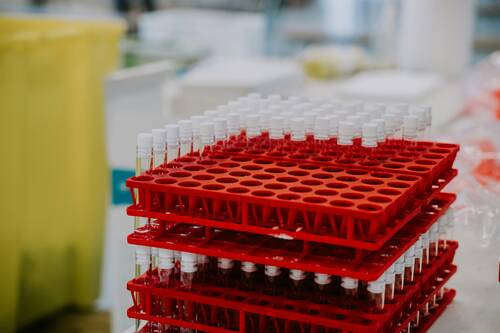Endocrinology, Hormone Therapy / 02.10.2024
The Physiological Research Behind Growth Hormone Releasing Hormone (GHRH)
Studies suggest that Growth Hormone-Releasing Hormone (GHRH) is a peptide with profound implications for the regulation of growth and metabolic processes. This article delves into the intricate roles of GHRH, exploring its functions, potential impacts, and the complex physiological mechanisms influenced by this peptide.
Overview of Growth Hormone-Releasing Hormone
Growth Hormone-Releasing Hormone (GHRH) is a peptide consisting of 44 amino acids. It is primarily synthesized and secreted by the arcuate nucleus of the hypothalamus. The principal function of GHRH is believed to be to stimulate the anterior pituitary gland to release Growth Hormone (GH). This cascade is considered to play a crucial role in regulating various physiological functions, including growth, metabolism, and tissue repair.
Studies suggest that GHRH may act on the pituitary gland by binding to specific GHRH receptors located on pituitary somatotroph cells. These receptors are G protein-coupled receptors (GPCRs) that may activate intracellular signalling pathways, ultimately leading to the secretion of GH. GH, in turn, is believed to impact numerous tissues and organs, further influencing a wide array of physiological processes.
(more…)

